Guatemalan fruits are a diverse collection of tropical and subtropical fruits that thrive in the country’s varied climates. From the highlands to the lowlands, Guatemala offers a bounty of fresh, vibrant fruits.
The country is famous for its unique fruits like the rambutan, similar to lychee, and the pitaya, or dragon fruit, which has a striking appearance and refreshing taste.
Guatemalan fruits are not just eaten fresh; they’re also used in juices, desserts, and traditional dishes.
Explore the various flavors of Guatemalan fruits along with the dishes and beverages that make use of these fruits. Then, find out some veggie products that are well-known in Guatemala.
19 Popular Guatemalan Fruits with Filters
Following are 19 most common Guatemalan fruits, filtered into several categories, like native/non-native, exotic, or fruit vegetables. There are also fruits for dishes and beverages.
Aguacate
- For Dishes
- Native
Aguacate is avocado, a staple fruit in Guatemala’s diet and cuisine. It’s a favorite pick for its creamy texture and rich, nutty flavor.
Originating from south-central Mexico, this fruit has found a fertile growing environment in Guatemala’s climate, contributing significantly to the local agriculture and food traditions.
Aguacates are often used in traditional dishes, such as guacamole, and served alongside meals or as a nutritious snack.
Mango
- For Beverages
- For Dishes
- Non-Native
Mango is an international fruit, one of Guatemalans’ unique desserts after each meal. This stone fruit is used widely in many dishes, from sweet to savory.
The crunchy texture of unripe mango is an excellent element for many salads along with its sour taste. Alternatively, ripe mangoes are enjoyed fresh or incorporated into smoothies, cakes, and ice cream.
Mango is diverse in size, shape, and color, ranging from yellow to green. When ripe, its flesh will turn from green to yellow.
Plantain
- For Dishes
- Fruit Vegetables
- Native
Plantain is a staple fruit in Guatemala, closely related to the banana but less sweet and more starchy. In Guatemala, plantains are integral to the cuisine, often served fried as a side dish, mashed in rellenitos, or used in sweet preparations like plátanos en mole.
Unlike bananas, plantains are usually cooked before consumption for a soft. Thanks to its robustness, plantains are a beloved component of the local diet.
Jocote
- For Beverages
- For Dishes
- Native
Jocote is a hog plum native to the Americas and is widely enjoyed in Guatemala, Brazil, and the Caribbean. This small, round fruit has waxy, red skin.
When ripe, jocote offers yellow flesh with a delightful sweetness, though you’ll need to remove the large, hard stone inside. The slightly sour aftertaste of jocote is adored, often enhanced by dipping in salt or soaking in syrup.
During Christmas, jocotes en dulce, featuring jocote with allspice, panela, and water, is a seasonal favorite for Guatemalans.
Níspero
- For Dishes
- Non-Native
Níspero, or loquat, is a popular fruit in Guatemala celebrated annually at the Festival de Nispero in San Juan del Obispo. Originating from China, the fruit was brought to Guatemala by Chinese immigrants.
This member of the Rosaceae family features glossy yellow, red, or orange skin with round, oval, or pear-shaped forms. Its flesh varies from yellow to white or orange, offering flavors from sweet to sour or with a distinctive tanginess.
Guatemalans often savor níspero raw, in salads, or creatively in jams, chutneys, pies, and other desserts.
Zapote Mamey
- For Dishes
- Native
Zapote mamey is a popular produce in Guatemala and various regions, originating from Central America and Mexico.
Known also as mamey colorado, this oval-shaped berry features sandpaper-like skin and a brown color. Its ripe flesh, varying from red to orange or pink, has a creamy texture ideal for culinary uses.
With a flavor that blends notes of peach, honey, cantaloupe, and almond, locals use these fruits in ice creams, smoothies, and jams. A unique way to consume it is by frying, offering a taste like fried bacon.
Nance
- For Beverages
- For Dishes
- Native
Nance is a typical fruit of Guatemala. , usually grown in the wild. Besides Guatemala, it is available in regions of South and Central America.
Also, nance appears with round and yellow skin while boasting a sweet flavor. Its taste resembles a mixture of pear, banana, and lychee.
Furthermore, this fruit even has an intense and powerful fragrance. Guatemalans often consume it fresh or mix it in many foods.
The fruit is a common element in candy (dulce de nance), ice cream, juice, sorbets, and other desserts.
Chico Zapote
- For Dishes
- Native
Chico zapote, also known as sapodilla, is a fruit of Guatemala that originates from Mexico, the Caribbean, and Central America. This hairy fruit offers a unique taste, featuring a slight yellow to earthy brown rind and a grainy texture.
Inside, chico zapote contains hard black seeds that accompany the fruit’s enchanting sweetness and a distinct malty flavor.
In Guatemala, it’s available in markets from November to March, often used in jams, jellies, and various sweet treats.
Rambutan
- For Beverages
- For Dishes
Rambutan is a fruit in Guatemala that comes from a member of the Sapindaceae family from Southeast Asia.
This fruit is related to longan, lychee, and mamoncillo, and features a jelly-like flesh surrounding a small seed. The meat is encased in leathery skin with a distinctive reddish color and numerous flexible spines.
Offering a sweet taste with a hint of acidity, rambutan is delightful when eaten fresh or used in smoothies, cocktails, and savory dishes.
Guanábana
- For Beverages
- For Dishes
- Native
Guanábana, or soursop in English, is a fruit in Guatemalan from the Annonaceae family, native to the Caribbean and Americas. The spiky fruit has an oval shape and deep green rind, along with a creamy texture.
Plus, the fruit comes with an enchanting mix of sweet and sour citrus flavors. Guanábana is often used in desserts or consumed raw for its healthful benefits.
Guatemala, Peru, Mexico, and Brazil are among its main global suppliers.
Pitaya
- For Beverages
- For Garnish
- Native
Pitaya, or dragon fruit, is a fruit in Guatemala coming from the Cactaceae family and is native to the Americas. Renowned for its striking appearance, similar to a dragon’s scales, pitaya comes in varieties with pink or yellow skins.
As for the flesh, it ranges from white to red. The fruit is adored for its mild sweetness, with the red-fleshed variety being sweeter.
Easily found in local markets, pitaya can be enjoyed raw or used to enhance desserts like smoothies and cocktails, making it a versatile addition to any culinary creations.
Banana Passion Fruit
- Exotic
- For Beverages
- For Dishes
Banana passion fruit, in Guatemala, is a combination of an elongated fruit and flavors of banana and passion fruit. It boasts a banana-like form with a tougher, green rind and features common passion fruit’s orange pulp and juicy seeds inside.
As for the taste, the fruit is similar to strawberries or pineapple. When consumed fresh, banana passion fruit is great in salads, drinks, and desserts.
Paternas
- For Dishes
- Native
Paternas is a unique fruit resembling a bean pod in Guatemala, the Caribbean, and Central America. With over 300 types, this fruit is found in the backyards of many houses in Guatemala.
Also known as ice cream bean or Inga in the Amazon forest, its green, wrinkled pod encases glossy, black seeds surrounded by white, sweet, and creamy pulp.
Often consumed raw, the pulp offers a delightful taste similar to ice cream, making it a popular treat.
Carambola
- Exotic
- For Beverages
- For Garnish
Carambola, commonly known as star fruit, is a sour fruit in Guatemalan cuisine, originating from Southeast Asia. It is now widely grown in tropical areas like the Caribbean and Brazil.
This fruit is easily recognized by its five to six ridges, creating a star shape when sliced. Plus, the outer skin features a glossy, waxy orange-yellow color with juicy flesh.
Its unique sweet and sour flavor is close to apples, grapes, pears, and citrus fruits. The fruit is perfect for fresh consumption, salads, juices, chutneys, cakes, and cocktails.
Caimito
- For Beverages
- Native
Caimito is a common fruit in Guatemala and Jamaica and originates from the Isthmus of Panama. Also called a star apple, its skin varies in purple, yellow, or green hue.
Once cut in half, the fruit offers a star pattern in its greenish-white or yellow flesh. Enjoyed primarily fresh, caimito offers a sweet, refreshing taste, making it a favored item in local markets and culinary practices.
Maracuyá
- For Beverages
- Native
Maracuyá is a passion fruit, also called granadilla in Guatemala, Colombia, Mexico, and South America. Native to South America, its peel is red, yellow, purple, or green.
The fruit’s interior offers sweet, jelly-like flesh filled with numerous tiny, crunchy seeds. With a delightful sour taste, Guatemalans use the pulp to make refreshing juices or add to cakes and puddings.
Cherimoya
- For Beverages
- For Dishes
- Non-Native
Cherimoya is widely cultivated in the Andes, Central America, and tropical regions globally, including Guatemala. Known as “custard apple” for its creamy texture, it boasts a heart-shaped form with pale green to deep pink hues.
Characterized by knobby warts on its rind, cherimoya consists of sweet, creamy segments with multiple hardy black seeds. When ripe, its tender texture allows it to be easily broken open by hand to enjoy the delectable pulp.
The fruit is popular in making smoothies, shakes, and juices.
Pinuela
- For Beverages
- Native
Pinuela is a unique Guatemalan fruit, resembling flowers. Originating from Central America, Mexico, South America, and the West Indies, it’s cherished for its sweet taste and tart aftertaste.
Furthermore, the fruit even comes with crunchy seeds. One small note, the fruit is encased in a hairy layer that must be removed before consumption.
The edible pulp is accessed by peeling the rind. In Guatemala, pinuela is infused in a variety of delicious drinks.
Mamoncillo
- For Dishes
- Native
Mamoncillo or guinep is the renowned fruit in Guatemala, especially in the Caribbean, South, and Central America. This fruit is small with brittle and green skin.
Mamoncillo belongs to the drupe category, featuring a white stone in the middle of the juicy and orange pulp. It tastes like wine when ripe with a slightly bitter profile.
There are many ways to prepare mamoncillo, which is often consumed fresh or canned.
Interestingly, the stone of mamoncillo is perfectly edible after being toasted, making the fruit a popular pick for making dishes.
What Guatemalan Dishes Use Fruits?
To furthermore diversify these fruits, there’s no better way than to incorporate them into delicious specialties:
Remember, there is always a way to make these fruits better, usually turning them into flavorful specialties of Guatemala to make use of the flavors. Aside from dining, these fruits also make a fine addition to many drinks.
What Are Some Guatemalan Fruit-Based Beverages?
A drink is a smart way to savor the best flavors of fruits from Guatemala. For that, here are some options for you to try out:
I hope you find these drinks from Guatemala satisfy your curiosity. Now, let’s keep your journey going with how these fruits make their way to the international scene.
How Guatemalan Fruits Reach International Markets?
Guatemalan fruits reach international markets through a combination of favorable climate conditions, diversified agriculture, and strategic trade partnerships. These are the ideas to explore:
Next, get to know the vegetables available in Guatemala.
What Are Some Vegetables in Guatemala?
Guatemala has a wide range of vegetables, thanks to its rich soil. For that, here are 5 popular veggies in the country:
Do not forget to share your experiences in the comment section. Also, please spread this helpful information to those around you by sharing these fruits of Guatemala.


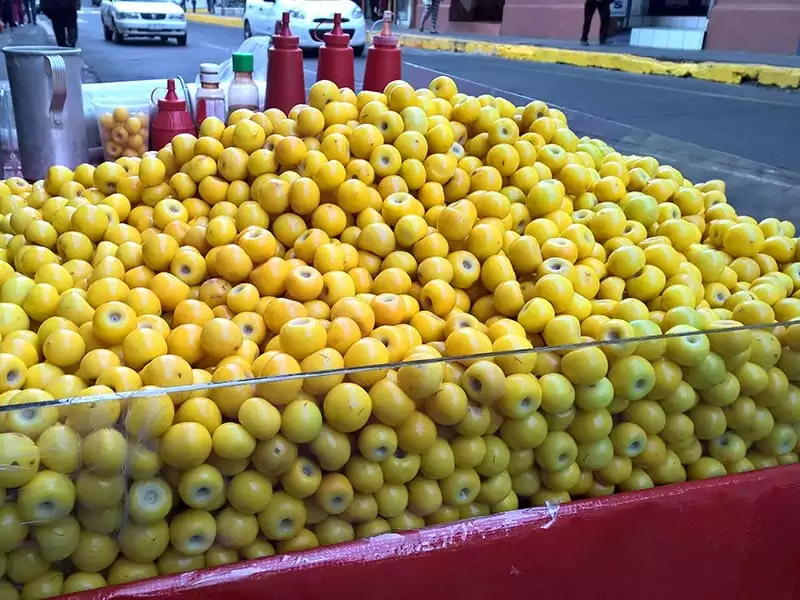
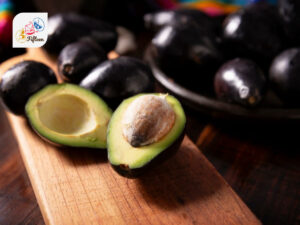
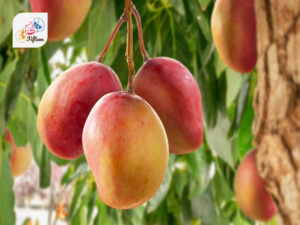
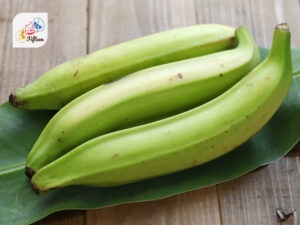
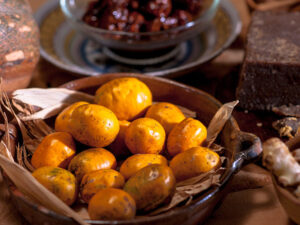
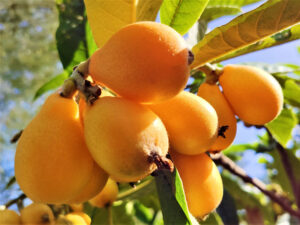
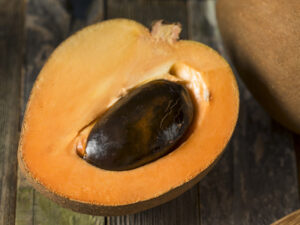
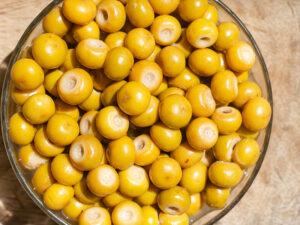
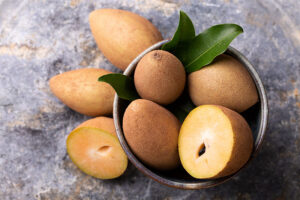
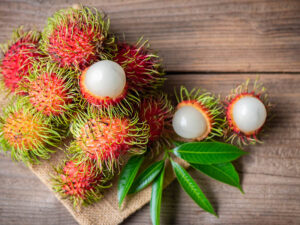
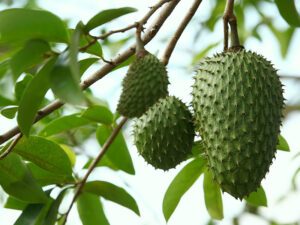
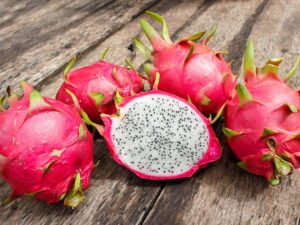
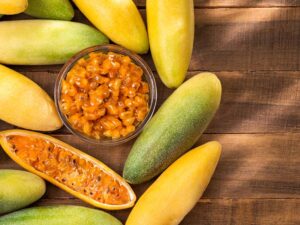
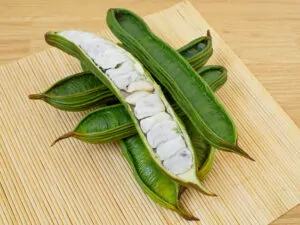

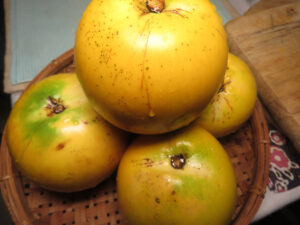

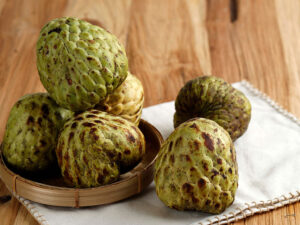
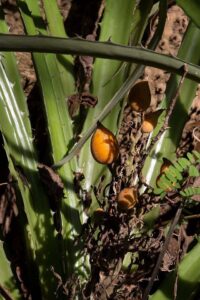
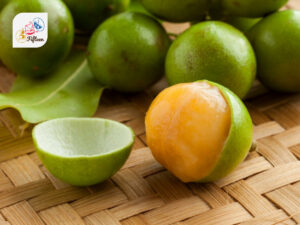

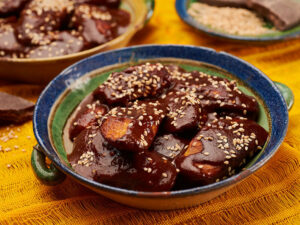
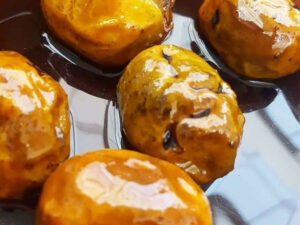

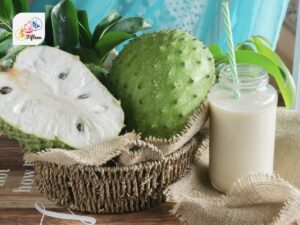


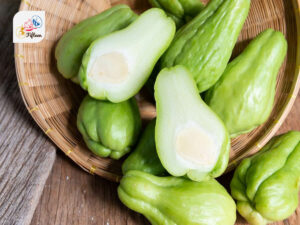
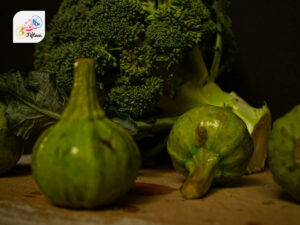
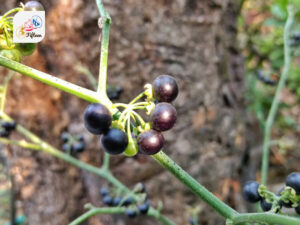
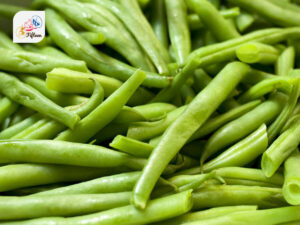
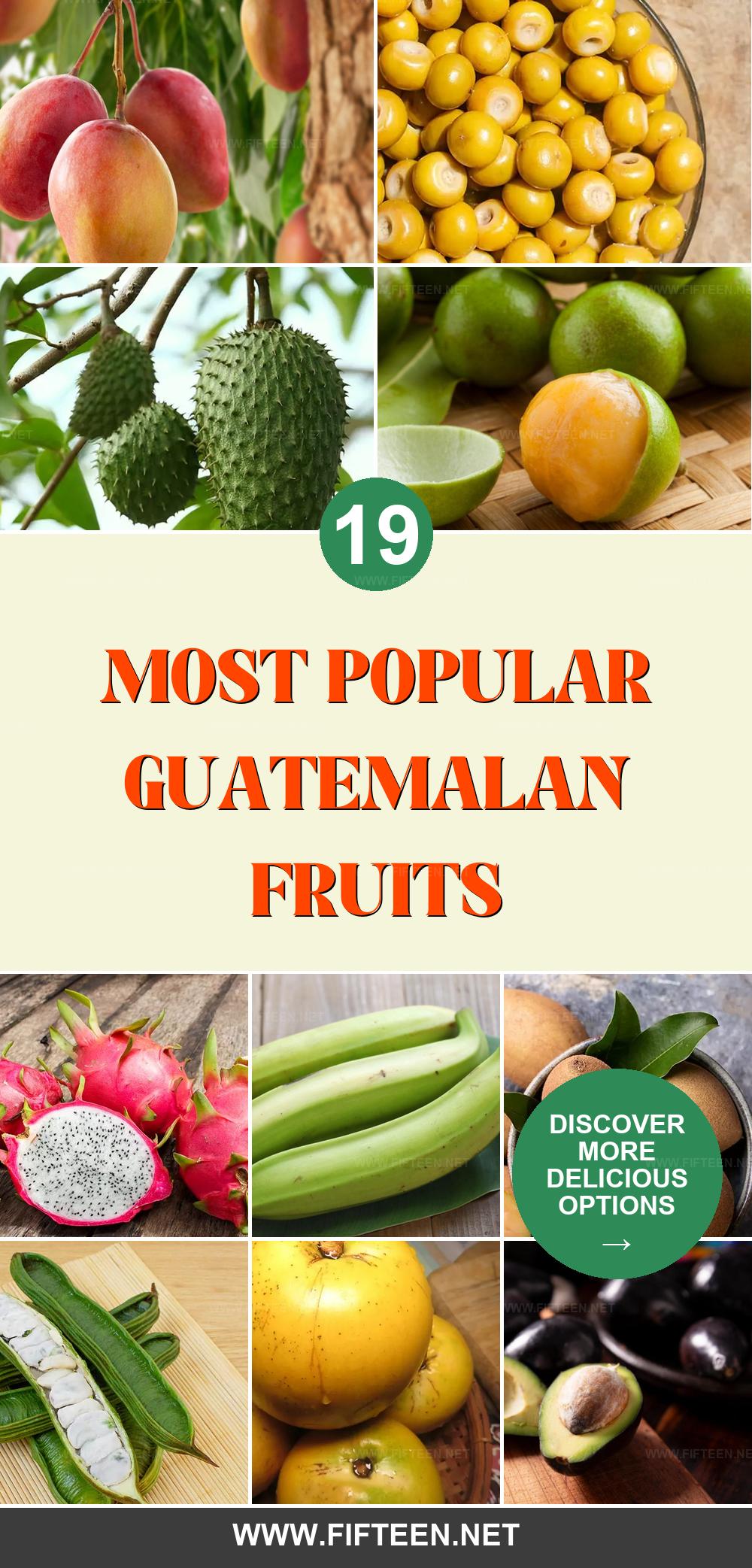
Jamie Scott
Editor in Chief, Senior Content Writer
Expertise
Home Cooking, Meal Planning, Recipe Development, Baking and Pastry, Food Editor, Cooking-video Maker, Western Food Evaluation Expert
Education
Le Cordon Bleu College of Culinary Arts
Local Community College, New York, NY
Jamie Scott is a skilled culinary expert and content creator specializing in Western cuisine. With over 15 years in the culinary field and formal training from Le Cordon Bleu, Paris, Jamie deeply understands how to blend nutrition with delicious flavors. His passion for cooking matches his commitment to making healthy eating accessible and enjoyable.
On Fifteen.net, Jamie brings a fresh perspective to classic dishes and beverages, offering readers insightful recipes, cooking tips, and a fresh view on meal planning that emphasizes taste, health, and simplicity.